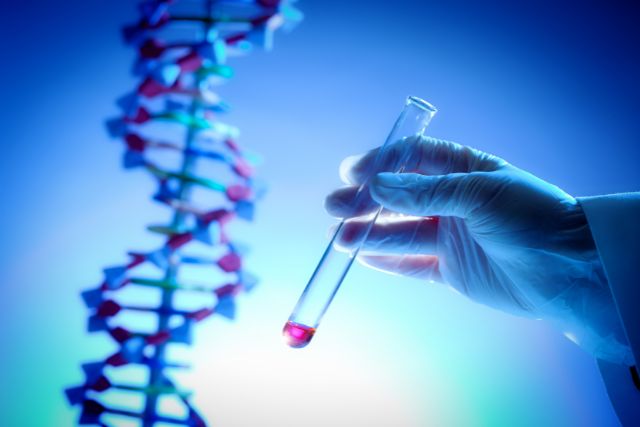EADV Symposium 2025
What's new
- Sat 24 May
- 10:45 - 12:15 CEST
- South Hall 2


Epidermal differentiation disorders
Eli Sprecher, Israel
Lecture description
Epidermal differentiation disorders (EDDs) have been traditionally classified according to morphological criteria.
Morphological classification schemes fail to account for genetic and phenotypic heterogeneity. Moreover, some of the terms used to name EDDs have been considered either derogatory (e.g. ichthyosis) or misleading (e.g. Mal de Meleda). The molecular basis of most forms of EDDs has been deciphered, paving the path for targeted treatments, and calling for novel therapeutically relevant classification strategies.
To meet this need, a task force of experts and patient advocates was convened for the Renaming of Epidermal Differentiation Disorders Initiative (REDDI).
During the course of two years, the new classification was developed based on several principles:
- incorporation of the causative gene into the name of the disorder;
- elimination of eponyms (such as Netherton syndrome) and terms considered pejorative, such as “ichthyosis”, “vulgaris”, and “harlequin”; and
- designing a system robust enough to accommodate all EDDs that subdivides affected genes and disorders based on protein product function, enabling easier consideration of potential therapeutic targets.
The new EDD classification recognizes three major subgroups:
- non-syndromic EDDs (nEDD) ;
- syndromic EDDs, with involvement beyond skin-derived structures (sEDD) ; and
- EDD predominantly limited to the palms and soles (pEDD).
To facilitate the transition to this new nomenclature, previously used names have often been added at the end of the entity’s name. This new approach to EDDs classification will be instrumental in assisting the dermatologist in the diagnosis and treatment of EDDs.
Learning objectives:
- To understand the need for a new classification scheme of EDDs
- To get acquainted with the new nomenclature rationale
- To be able to use the new classification in clinical care of patients with EDDs


Epidermolysis bullosa
Jemima Mellerio, United Kingdom
Lecture description
This presentation will describe aspects of multi-disciplinary management of epidermolysis bullosa (EB), focusing on newer therapies that have recently received regulatory approval or that are in clinical trial stage.
Birch bark extract (Filsuvez) is the first approved therapy for use in EB, demonstrating faster wound healing compared to placebo in a large phase 3 clinical trial in individuals with dystrophic or junctional EB. Beremagene geperpavec (B-VEC), approved by the FDA and undergoing regulatory review in other parts of the world, is a wound gel containing an inactivated HSV vector for delivery of the COL7A1 gene direct to wound beds in dystrophic EB, increasing collagen VII expression, and leading to faster and more enduring wound healing.
Other therapies undergoing clinical trials include mesenchymal stem cell infusions, the use of aminoglycoside antibiotics to overcome nonsense mutations, losartan to target TGF-b mediated fibrosis in dystrophic EB and topical diacerein for EB simplex.
Beyond these novel targeted therapies, much interest has focused on drug repurposing in different types of EB, in particular for those with significant inflammation and the pruriginosa form of dystrophic EB using biologics or JAK inhibitors.
Learning objectives
- To gain knowledge of new therapies approved for use in EB
- To understand the range of targeted therapies or repurposed drugs being applied to the management of EB


Hair disorders
Alexandros Onoufriadis, Greece
Lecture description
Genotrichoses are characterised by abnormalities of hair structure, growth or differentiation, giving rise to a spectrum of phenotypes such as hypertrichosis, hypotrichosis and atrichia. These disorders may present as isolated phenotypes or be part of more complex phenotypes including abnormalities in skin or other organs.
So far, almost 30 genotrichoses have been identified. Since the advent of next-generation sequencing (NGS), approximately 60 disease–gene associations for inherited skin disease that involve hair abnormalities as part of their phenotype have been identified. Nevertheless, there are trichological anomalies with less clear inheritance patterns in which a genetic susceptibility or aetiology remains unknown.
Importantly, rare genotrichoses can also provide insights into complex hair disorders. Thus, genetic discoveries can assist in understanding the pathobiology of genotrichoses, propel translational research, as well as facilitate the discovery of novel treatments for both rare and common hair disorders.
Learning objectives
- Get an overview of the genetics of genotrichoses
- Understand the importance of translational genetics for therapeutic targeting


